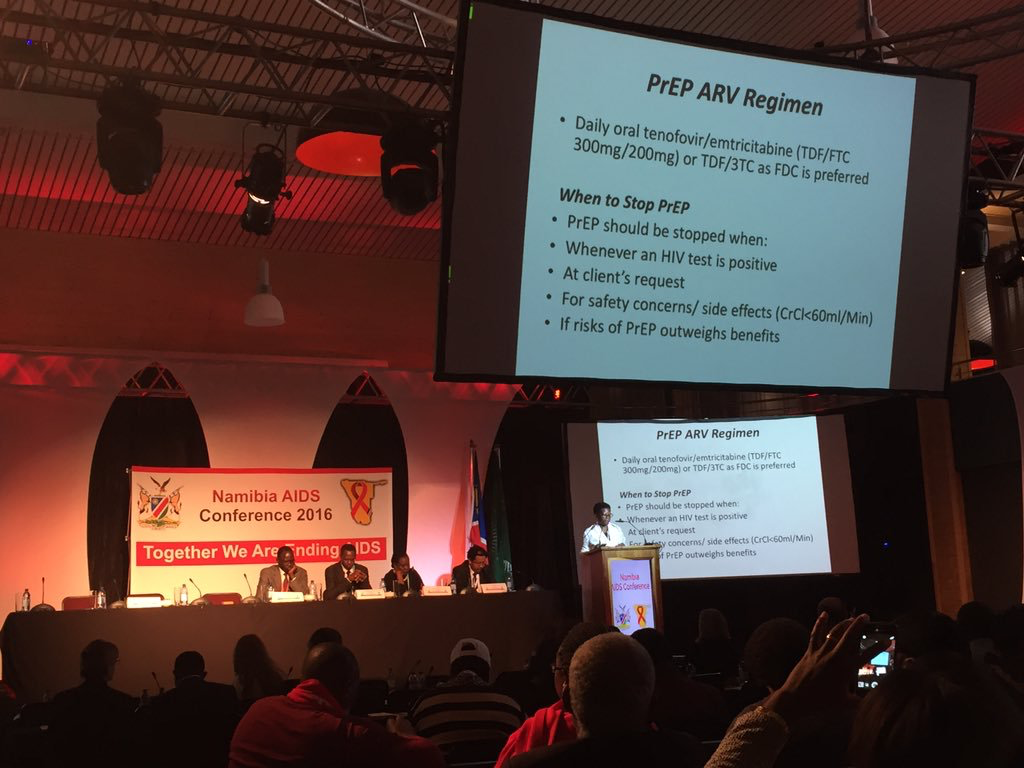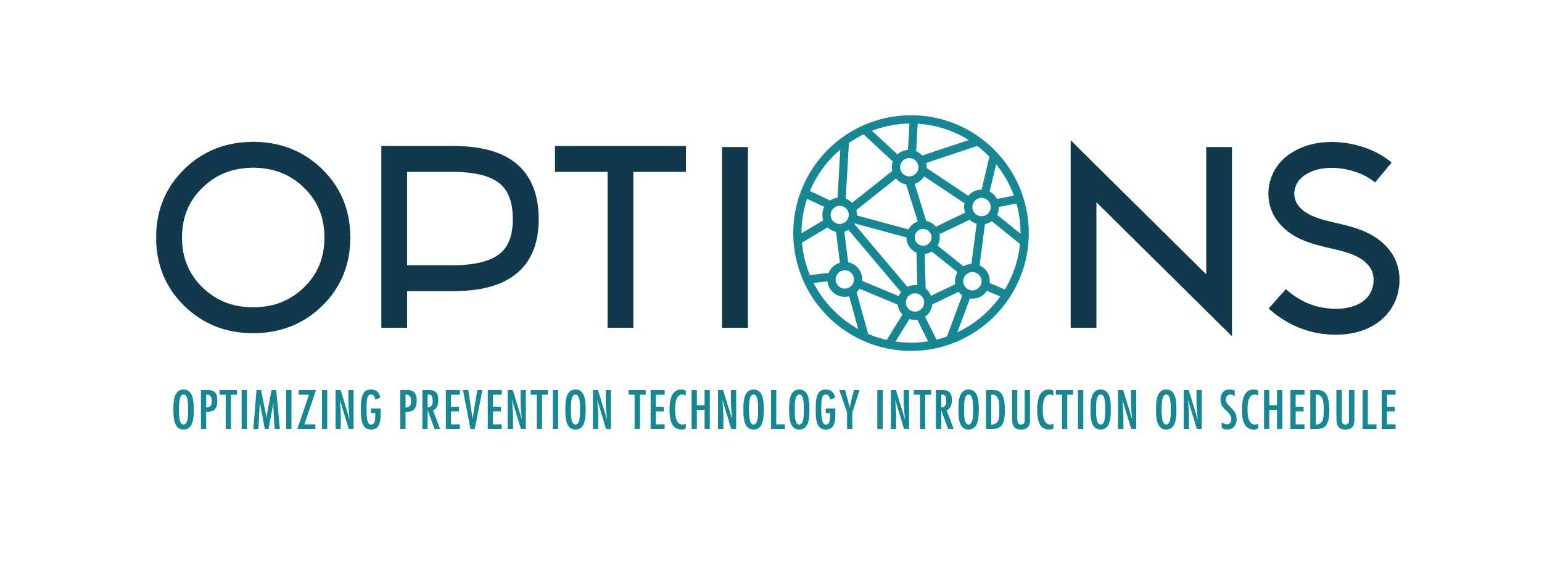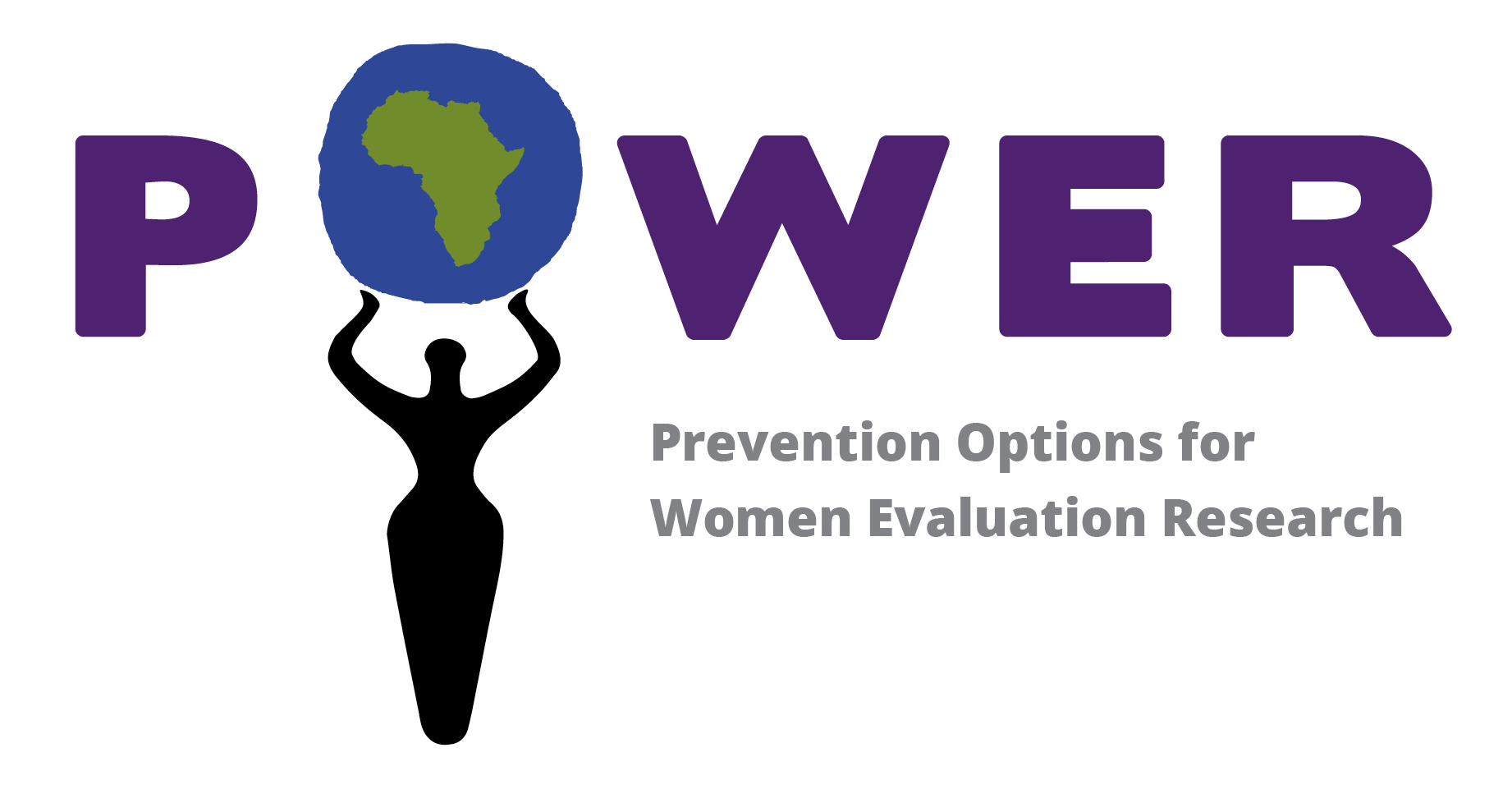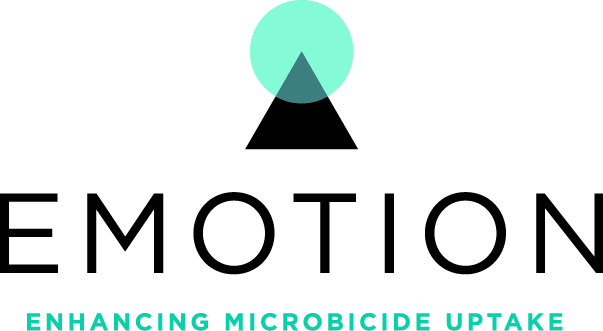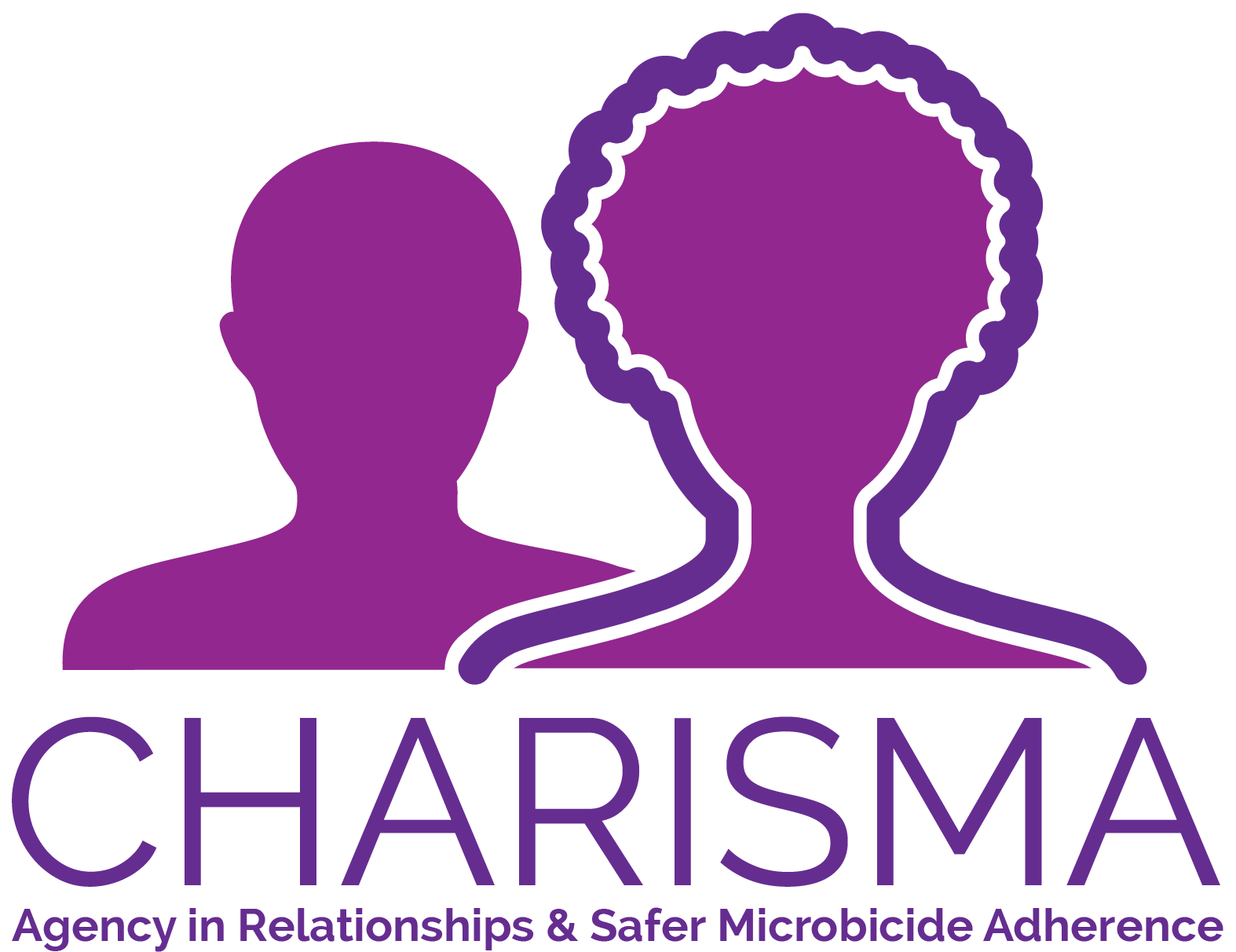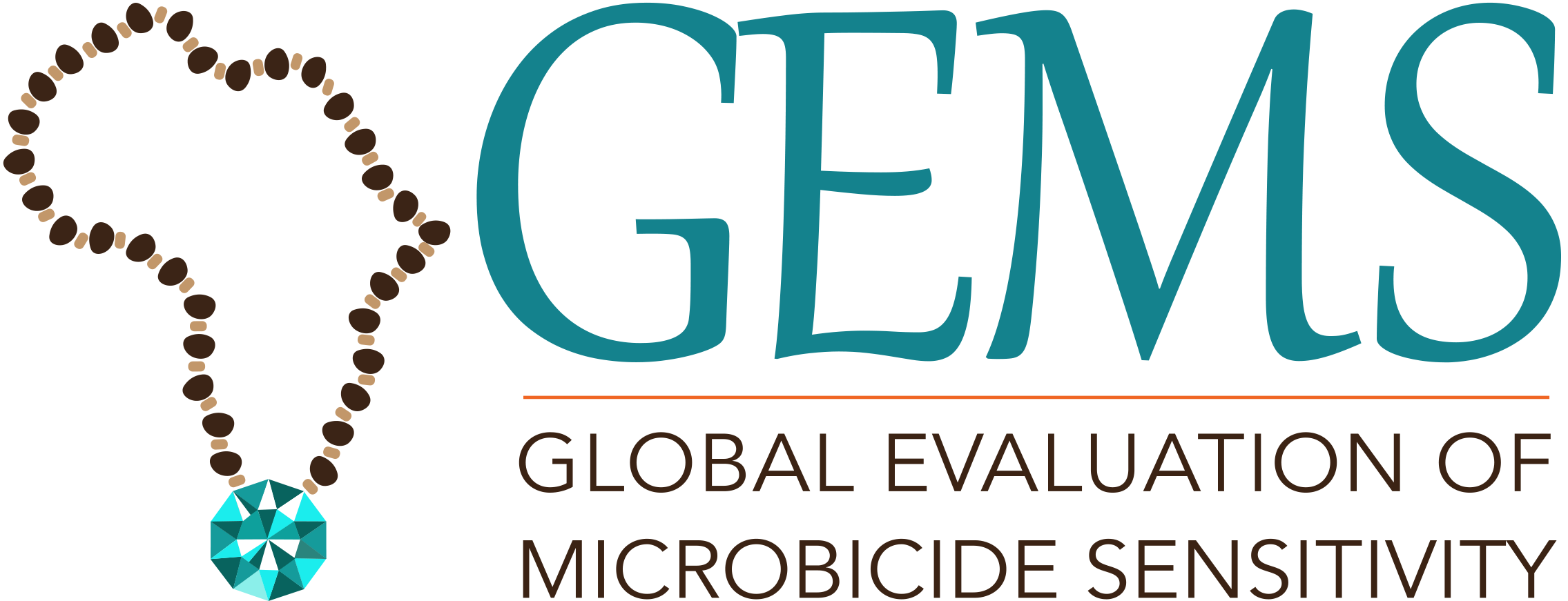The OPTIONS Consortium objective is to develop a streamlined, adaptable product delivery platform for current and future ARV-based HIV prevention options, with a particular focus on women.
Kenya launches oral PrEP and continues work on communications strategy. In Kenya, LVCT Health supported NASCOP’s national oral PrEP launch by providing resources that informed the PrEP technical working group’s (TWG) implementation plan. FSG, in partnership with LVCT Health, created rollout scenarios that offered a guide for how to prioritize Kenya’s geographies and populations, which were included in the final implementation plan. AVAC analyzed oral PrEP information from implementing partners with support from LVCT Health to ensure involvement of all stakeholders, and LVCT Health supported the development and review of the PrEP implementation framework and adaptation of DREAMS tools. As part of the launch secretariat team, LVCT Health supported PrEP champions to attend the launch and developed an abstract book drawing lessons learned from oral PrEP and HIV self-testing projects in Kenya. The Introduction of oral PrEP in Kenya prezi presentation at the launch was put together by NASCOP and LVCT Health and designed by FSG.
Additionally, OPTIONS is working closely with NASCOP and PSK through Bridge to Scale’s Jilinde Project to develop a national communications strategy for oral PrEP. McCann Global Health completed a communications landscape and summary gap analyses that were used to inform the quantitative and qualitative market research protocol (to be implemented in June). The market research focuses on PrEP as a product category across multiple populations, including adolescent girls and young women, female sex workers, serodiscordant couples, people who inject drugs, and men who have sex with men.
OPTIONS holds modeling validation workshop in Kenya. On 20-21 April, OPTIONS collaborated with USAID, NASCOP, and NACC to co-host a modeling validation workshop. It gathered in-country stakeholders to discuss and provide feedback on the OPTIONS oral PrEP modeling assumptions, data inputs, and sources. Based on the feedback, the model will be revised and further analyses will be carried out. Prior to the modeling validation workshop, NASCOP held a national PrEP modeling meeting, where Dr. Sarah Masyuko of NASCOP highlighted Kenya’s modeling needs and asked all the modelers to highlight their capacity building plans for Kenya so that modeling skills may be grown within the country. Three modeling groups presented their work and future plans. The attendees also identified outstanding PrEP modeling gaps from NASCOP’s perspective.
Zimbabwe continues to lay groundwork for oral PrEP rollout. In Zimbabwe, FSG, in partnership with Pangaea Zimbabwe AIDS Trust (PZAT), created rollout scenarios that were presented to the PrEP technical working group (TWG) in February to inform the oral PrEP national implementation plan. As secretariat for the PrEP TWG, Pangaea will lead the development of the plan, working closely with the Ministry of Health and Child Care (MOHCC). As part of the implementation plan development, PZAT will conduct community dialogues to better understand oral PrEP from both a community and end-user perspective, as well as a knowledge, attitudes, and practices (KAP) survey to better understand existing gaps from a health service provider perspective. These activities will help establish training, demand creation, and advocacy needs that exist in the communities. Finally, PZAT also helped draft the Global Fund concept note that included oral PrEP.
South Africa develops materials for continued oral PrEP rollout. In South Africa, Wits RHI is co-hosting the adolescent girls and young women (AGYW) PrEP subcommittee with the National Department of Health (NDoH) and exploring how the AGYW-focused PrEP trials and implementation projects may provide relevant, evidence-based information to help inform national rollout. OPTIONS collaborated with the Southern African HIV Clinicians Society and Anova Health to develop a PrEP curriculum package, which has been shared with a several partners, including the other OPTIONS countries. Wits RHI also supported the NDoH in the development, design, and production of job aids to support health care workers, peer educators, and counselors at oral PrEP rollout sites. The adherence counseling job aid aims to assist counselors and health care workers with discussing oral PrEP initiation and adherence. “The Road to PrEP” poster details, in visual format, the steps required to refer HIV-positive clients for immediate test and treat, as well as the counseling and oral PrEP initiation for HIV-negative clients.
OPTIONS begins implementation science activities. Using information from the in-depth analysis and summary report on knowledge, attitudes, and practices (KAP) around PrEP among health care providers, Wits RHI, LVCT Health, and Pangaea are developing country-specific protocols and quantitative provider KAP surveys. Additionally, three implementation science protocols are currently in development: one led by FHI 360 and country partners titled, Reaching adolescent girls and young women for PrEP: Learning from HIV prevention trials and demonstration projects; one led by LSHTM and Wits RHI, titled Preferences for PrEP: Exploring the role of user characteristics and structural drivers on PrEP uptake; and one led by Wits RHI in collaboration with CHAI’s Prevention Market Manger Program titled, Operations research on South Africa oral PrEP implementation.
New resources added to PrEPWatch. In addition to the Kenya communications landscape and gap analyses, OPTIONS also added the oral PrEP rollout scenarios for Kenya and Zimbabwe on the MPii Tools & Resources page. Additionally, there is a summary of insights on AGYW from oral PrEP trials and implementation projects in South Africa, as well as the dapivirine ring social behavioral and modeling literature reviews.
The News from the Field page houses a series of blogs that share experiences and lessons learned from oral PrEP introduction in Kenya, South Africa, and Zimbabwe, and from specific oral PrEP trials and implementation projects. Blog topics include, “Early lessons from South Africa’s rollout of oral PrEP to sex workers,” “The road to PrEP introduction in South Africa (interactive timeline),” and “Early lessons from Kenya’s oral PrEP rollout planning.”

